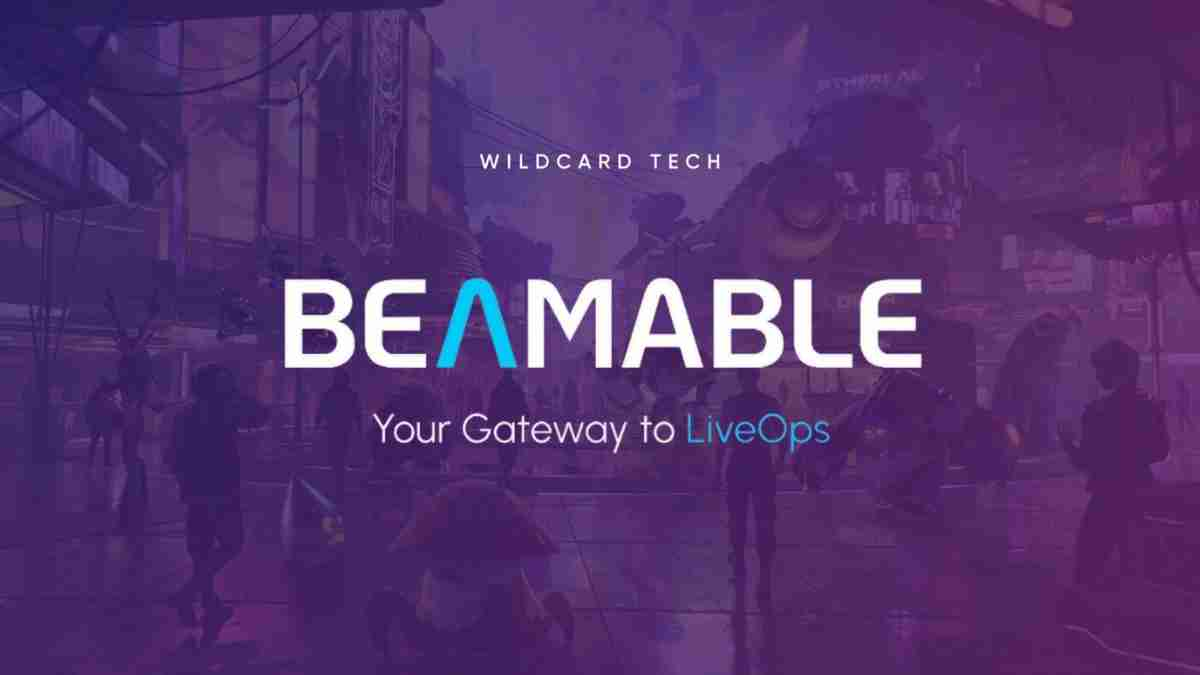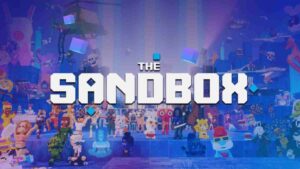AI integration in game development is picking up speed, and the latest move comes from a new partnership between Beamable and Upheaval Games. The two companies are working together to explore how generative AI can support live multiplayer experiences — not just as a content generator, but as part of the development workflow itself.
The collaboration isn’t about making AI do everything. It’s focused on blending existing tech — like Beamable’s backend tools — with AI-assisted systems for content generation and real-time game operations. Upheaval Games, known for its small but technically experimental projects, is using this framework to build out its upcoming title, “Rise of the Magi.”
Beamable’s Role: Infrastructure First
Beamable’s main contribution is its backend platform, which simplifies server-side operations for live-service games. That includes things like player data, events, in-game economies, and matchmaking. These aren’t the flashiest features, but they’re essential for any multiplayer title that wants to scale or iterate quickly.
The new focus is on combining that structure with AI tools that help developers respond to player behavior in near real-time. That could mean adapting events based on user choices or creating new challenges using AI-assisted content pipelines. But this is more about support than replacement. Beamable’s tools still require designers to steer the process.
Upheaval’s Experiment with “Rise of the Magi”
Upheaval’s upcoming project is being positioned as the testing ground for this integrated workflow. “Rise of the Magi” is described as a multiplayer RPG built with AI tools in the loop — not just for world-building, but also for designing and adjusting systems as the game evolves.
They’re experimenting with ways to use AI for narrative, dialogue, and dynamic systems tuning, while relying on Beamable to keep the backend infrastructure stable. The goal seems to be faster iteration cycles, particularly in response to live feedback, which is critical for small teams managing ongoing multiplayer games.
AI’s Expanding Role in Development Workflows
This move follows a broader trend in the industry: AI as a tool to support smaller teams trying to compete in complex genres like MMOs or persistent online worlds. Rather than use AI to automate full game systems, developers are trying to slot it into specific pain points — writing flavor text, designing procedural quests, or managing player engagement loops.
The Beamable-Upheaval partnership is still early, but it reflects a growing shift in how studios are thinking about AI. It’s not about cutting corners. It’s about giving developers room to scale ideas they might not otherwise have the resources to maintain.
Web3 Context: Subtle but Present
While this particular project isn’t positioned as a Web3 game in the traditional sense, Beamable has flirted with blockchain integrations before. So far, there’s no clear mention of token systems or asset ownership here, but the modular nature of Beamable’s backend leaves that door open if Upheaval decides to go that route.
It’s worth noting that a number of tools being tested in AI-integrated games are coming from the same ecosystem that supports Web3 projects. If anything, this partnership could lay groundwork for future experimentation where AI, live ops, and blockchain features intersect — but it’s not there yet.
A Small Step Toward a More Flexible Pipeline
What this partnership really highlights is the shifting role of backend and support tools in modern game dev. Studios are under pressure to ship faster, update more often, and keep players engaged — especially in multiplayer and live-service spaces.
By combining AI-assisted design with reliable infrastructure, Beamable and Upheaval are testing whether that balance can be maintained without bloating team size or burning out resources. It’s not flashy, but it’s the kind of behind-the-scenes work that shapes how games are built and maintained going forward.
Gaming Strategist & Trend Analyst
With a background in game economics and digital culture, METAREPORT connects the dots. He dissects trends, deciphers strategies, and delivers data-backed insights for gamers, creators, and investors alike.




